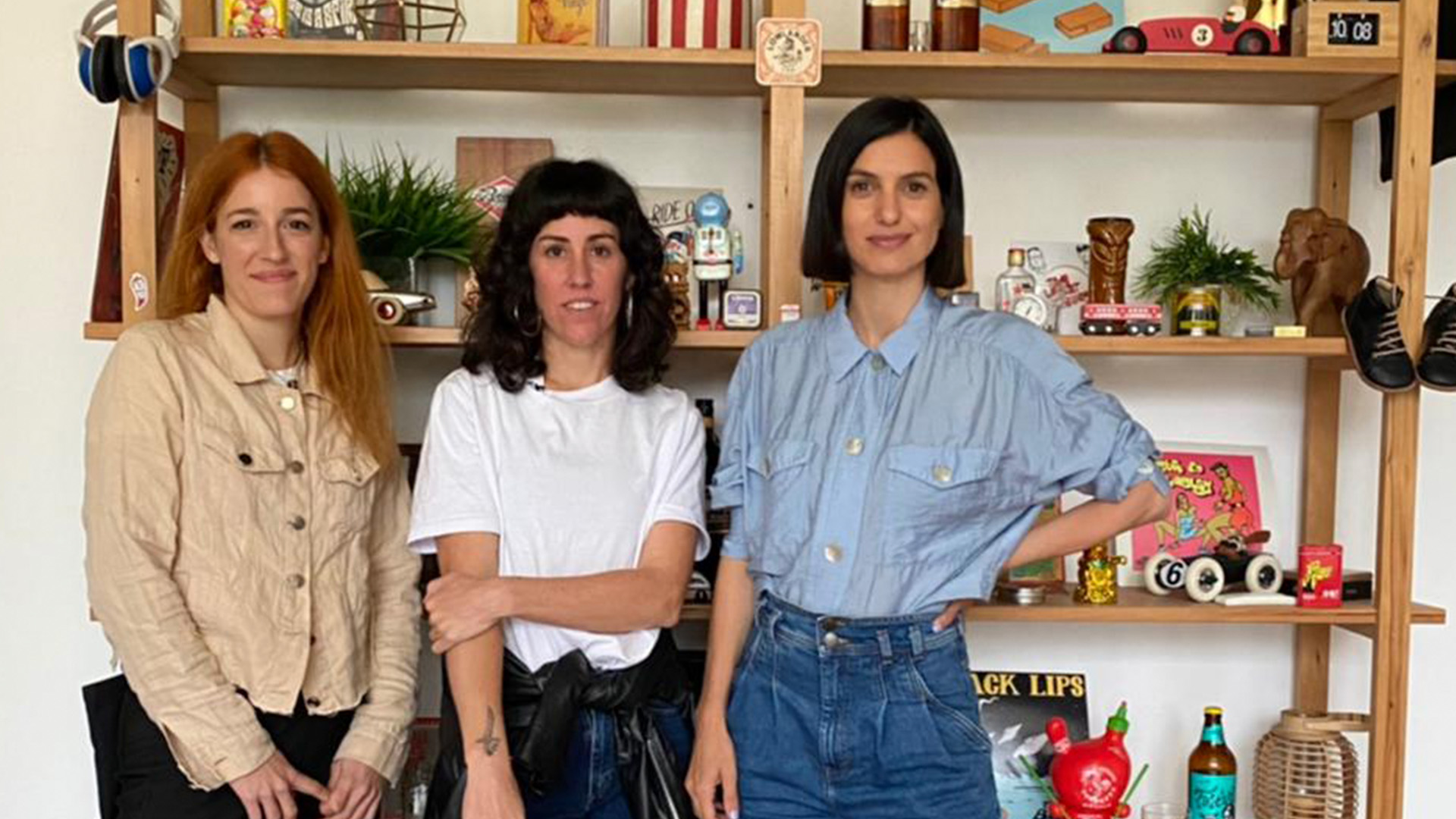
In the midst of the pandemic crisis in early 2020, Catalina Greloni Pierri, Tamara Selvood and Vic Tolomei created Viralizá Arte, a digital community that today has more than 30,000 followers on Instagram. The project of these three entrepreneurs was incubated with the idea that more artists could make a living from their art, but it ended up gaining momentum with the closure of activities and the social isolation that began to prevail at that time, through a plan to support artists who needed to continue creating and generating income within that context. The initiative disseminated the work of those who participated and managed to sell more than 200 works at a fixed value, without commissions or intermediaries. Today, two years later, Viralizá Arte grew beyond that stage, although it maintains the purpose of generating a social impact on emerging art.
“We saw the art world precarious and somewhat infantilised, many artists we knew had an academic background but then didn't know how to put a price on their work or didn't find the right tools to develop their careers,” Catalina Greloni Pierri tells Infobae Cultura. “It struck us that most emerging artists don't know how to live off their art but they can't either, because the market is designed with the artist isolated from his work as a business. They do not develop their full potential because they have to be looking for another means of subsistence and that is quite naturalized in all cultural industries,” adds Greloni Pierri.
With the aim of “empowering” artists with tools of self-management so that they do not necessarily depend on intermediaries to sell their works, the entrepreneurs recently opened a digital and asynchronous education space designed based on the needs and problems transmitted to them by their online community. Through the page cursos.viral.art they offer a course with the first steps to self-manage, where they explain how to make an artist's statement, how to position themselves in digital channels and how to tell the personal story and that of the work, design a strategic action plan and establish a price of work.
“There is a great opportunity for a large segment of artists who have works at an average price. On the other hand, there is a large consumer market with a great interest in accessing artistic productions and who do not approach galleries or are encouraged to invest large sums of money and who could consume the production of a lot of talented local emerging artists. That is why our main objective is to provide solutions through a marketing and education platform and space that can promote the development of these artists and the sale of their works,” says Tamara Selvood, cultural producer and co-founder of this venture. Several of those who participated in the support plan launched by Viralizá Arte were then summoned by small galleries, for residencies and other digital pages.

While Viralizá Arte continues to spread regional talent through art calls open to the public and continue to work on educational content, her team is developing a digital and mobile platform that will be launched in mid-April and will serve as a bridge between consumers and artists. They will be able to manage their own digital store and sell their work without commissions or intermediaries, while the project will provide the platform and space for viewing the work. There will be a first phase with 100 artists chosen from the community in these two years and a certain number of works in which there will be a balance between ceramics, collage painting, audiovisual art, all possible styles and formats.
The new platform, supported by Patronage of the City of Buenos Aires, will also be a training space for artists where there will be more courses and tools for self-management. One of the next steps will be to introduce artists to the world of crypto art through a course that seeks to familiarize them with NFTs and the tokenization of art. For its creators, it is essential to be able to be part of the creation of this new art market and understand the future of cultural exchange in the digital ecosystem, always with the idea of sustaining a more democratic and inclusive space for artists.
KEEP READING:
Últimas Noticias
Debanhi Escobar: they secured the motel where she was found lifeless in a cistern
Members of the Specialized Prosecutor's Office in Nuevo León secured the Nueva Castilla Motel as part of the investigations into the case

The oldest person in the world died at the age of 119
Kane Tanaka lived in Japan. She was born six months earlier than George Orwell, the same year that the Wright brothers first flew, and Marie Curie became the first woman to win a Nobel Prize

Macabre find in CDMX: they left a body bagged and tied in a taxi
The body was left in the back seats of the car. It was covered with black bags and tied with industrial tape
The eagles of America will face Manchester City in a duel of legends. Here are the details
The top Mexican football champion will play a match with Pep Guardiola's squad in the Lone Star Cup

Why is it good to bring dogs out to know the world when they are puppies
A so-called protection against the spread of diseases threatens the integral development of dogs




